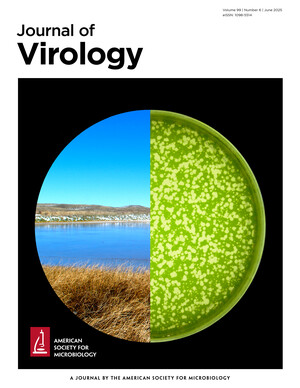
Perceived effects of COVID-19 restrictions on smallholder farmers: Evidence from seven lower- and middle-income countries
Abstract
CONTEXT
The COVID-19 pandemic caused unprecedented global disruption and continues to wreak havoc. Dire predictions were made about the risks to smallholder farmers in lower- and middle- income, but hard data have been lacking. We present the results from 9201 interviews with smallholder farmers from seven countries.
OBJECTIVE
The objectives are to describe: i) how farmers perceive the key effects of the COVID-19 pandemic and containment measures on livelihoods and food security; ii) the effects on agricultural activities; iii) the coping strategies households deployed.
METHODS
Household surveys were conducted as part of ongoing monitoring programs during the latter half of 2020. Sites in seven countries were covered: Burundi; Kenya; Rwanda; Tanzania; Uganda; Zambia; and Vietnam. Findings are representative of smallholder farmers across multiple districts per country.
RESULTS AND CONCLUSIONS
The effects of the COVID-19 containment measures were widespread and often perceived to be severe. Food purchase, off-farm income, sale of farm produce, and access to crop inputs were all affected. In locations under more stringent restrictions during the time of the survey, up to 80% of households had to reduce food consumption and/or variety. Almost all households with off-farm incomes reported reductions, by half on average. A half to three-quarters of households (depending on the location) with income from farm sales reported losses compared to the pre-pandemic situation. In locations with more relaxed containment measures in place during the time of the survey, less frequent and less severe economic and food security outcomes were perceived by the respondent, with around 20% of households reporting negative outcomes. Mobility restrictions, reduced market access, crashes in sale price for agricultural goods, and soaring prices for food purchase were key factors. Sale prices generally dropped for all agricultural products in any given location, and affected not only high-value perishable products, but also staple crops such as maize and cassava. Depending on the location, between 30% and 90% of the households applied coping strategies in response to the pandemic during 2020. There was an almost complete absence of official aid amongst households interviewed.
SIGNIFICANCE
Our results raise the thorny issue of how best to balance containment of disease against the wellbeing of the vulnerable rural population in lower- and middle-income countries. There is a risk that the buffering capacity of rural people will become exhausted. Possible policy measures to limit negative outcomes include i) tiered mobility restrictions with travel allowed for economic reasons; ii) short-term price guarantee schemes to stabilise the food system; iii) direct aid; iv) the timely re-installation of distribution channels for agricultural inputs.
Citation
Hammond, J., Siegal, K., Milner, D., Elimu, E., Vail, T., Cathala, P., Gatera, A., Karim, A., Lee, Ja-Eun, Douxchamps, S., Thanh Tu, Mai, Ouma, E., Lukuyu, B., Lutakome, P., Leitner, S., Wanyama, I., Pham Thi, Trang, Thi Hong Phuc, Phan, Herrero, M. and van Wijk, M. 2022. Perceived effects of COVID-19 restrictions on smallholder farmers: Evidence from seven lower- and middle-income countries. Agricultural Systems









